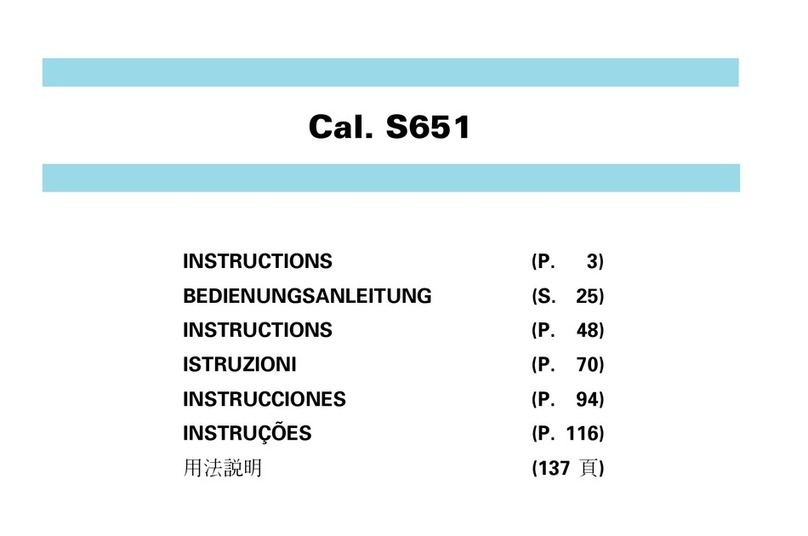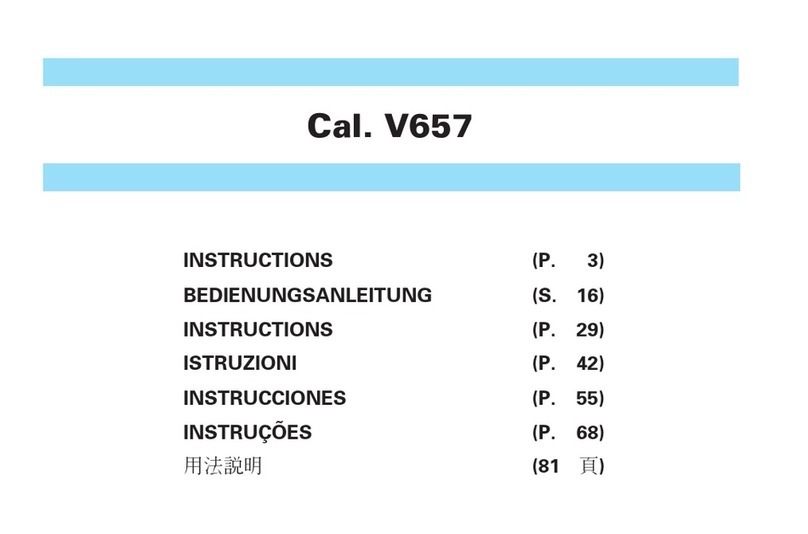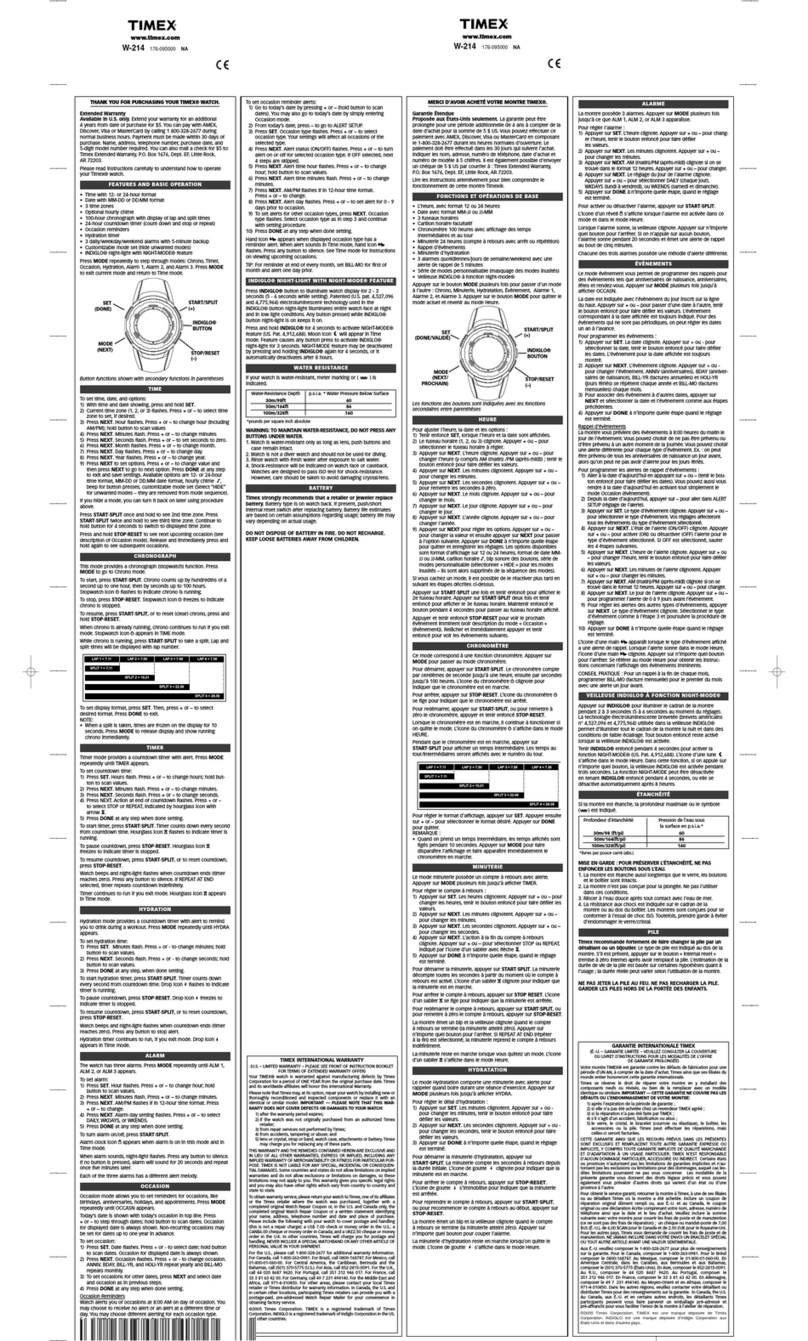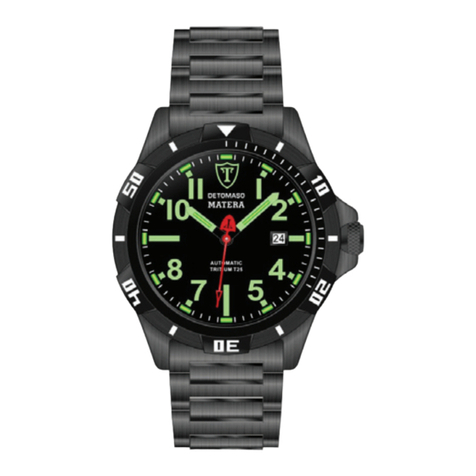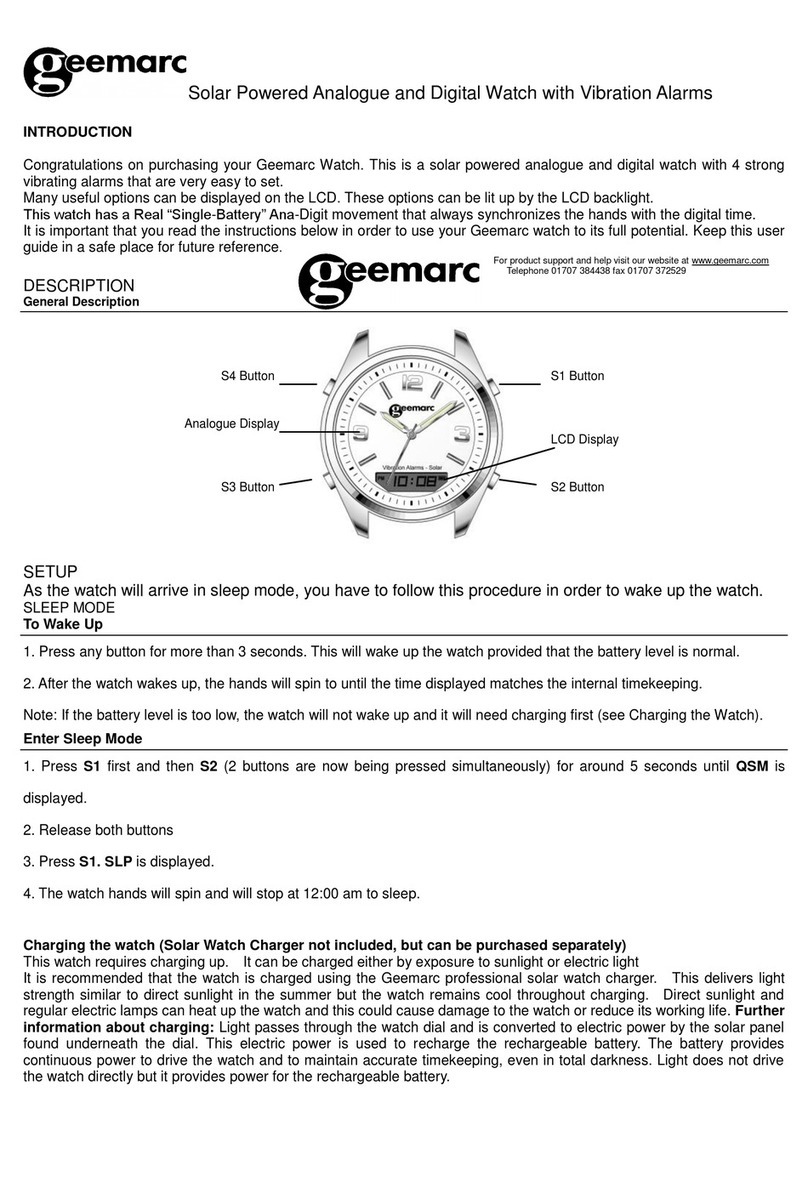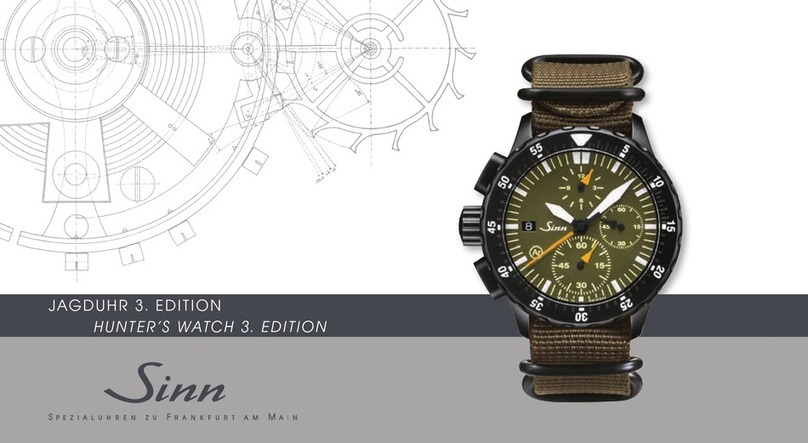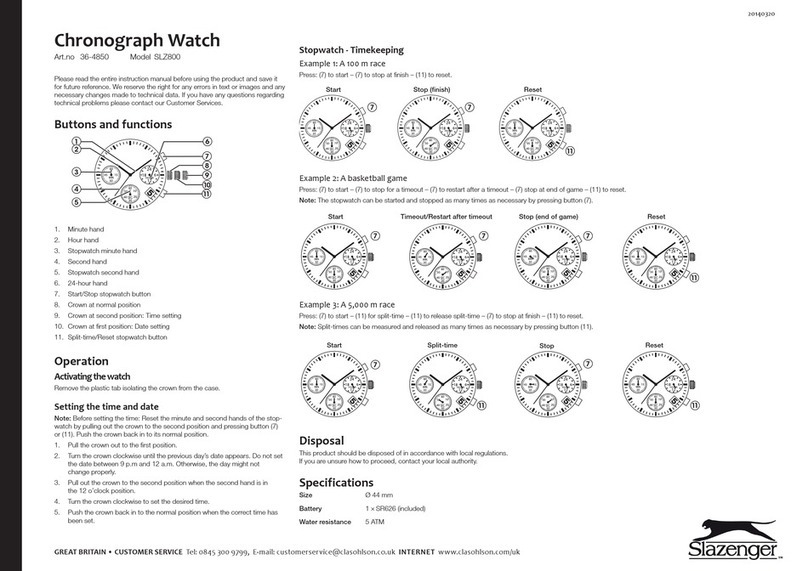Seiko 4R35A Quick start guide
Other Seiko Watch manuals

Seiko
Seiko Conceptual SNE527P User manual

Seiko
Seiko Spectrum SVRD001 G510 User manual
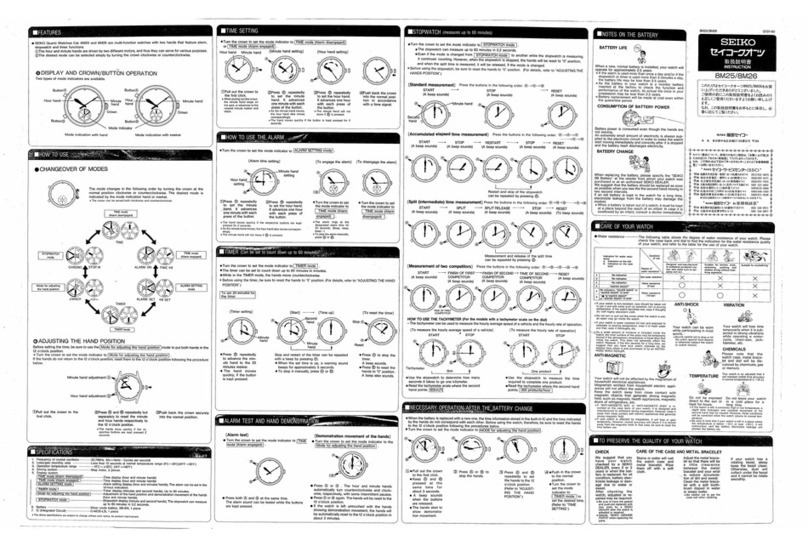
Seiko
Seiko 8M25 User manual
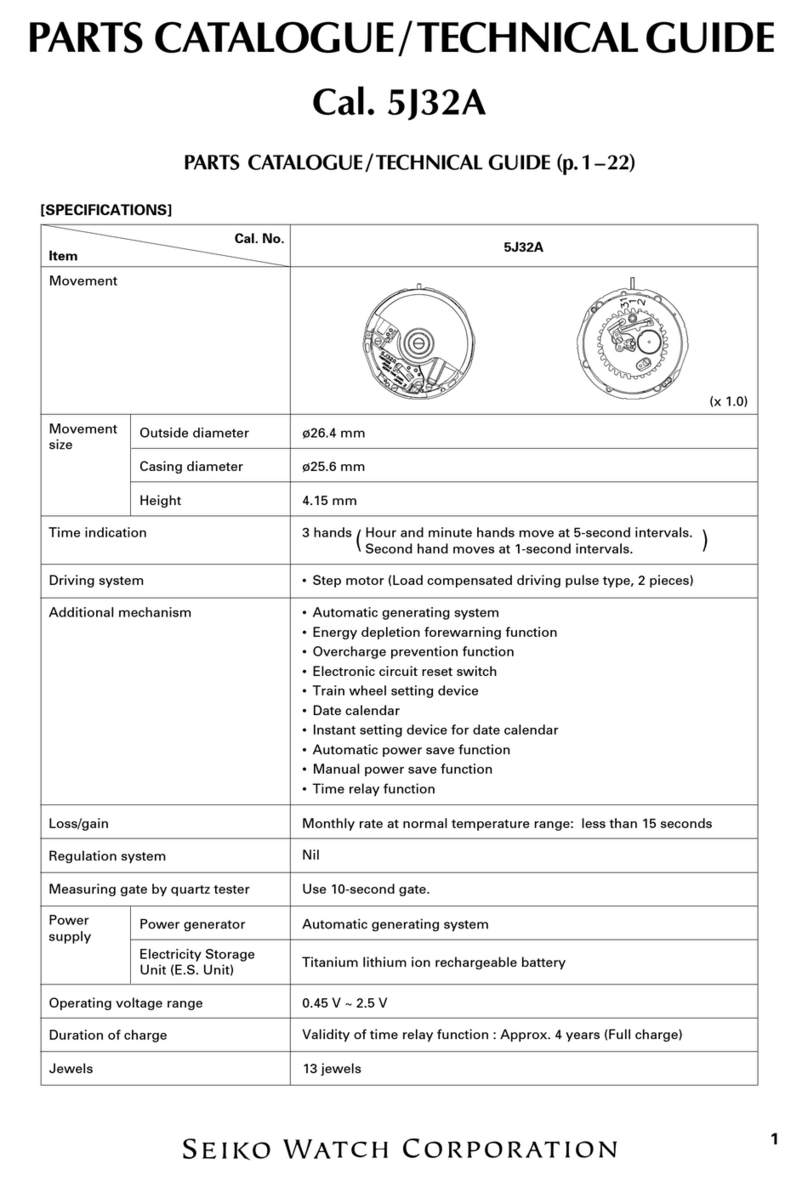
Seiko
Seiko 5J32A Installer manual

Seiko
Seiko SSJ015J User manual
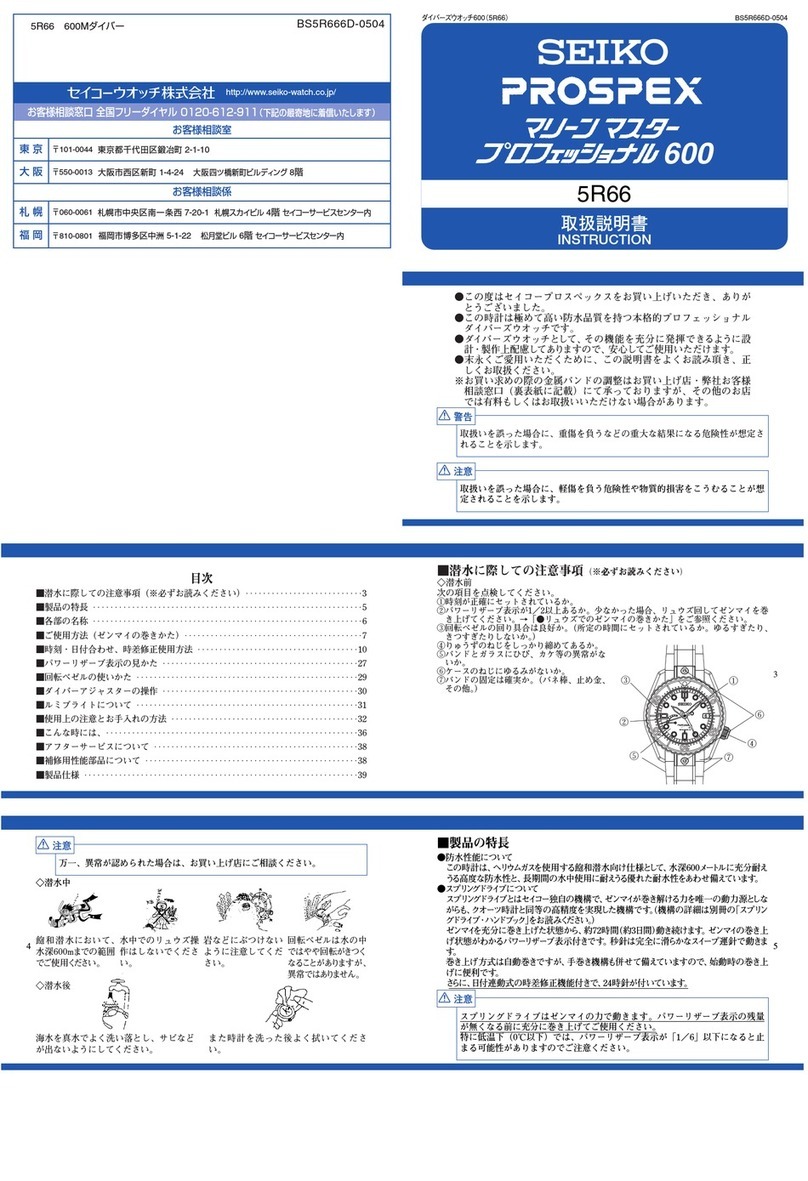
Seiko
Seiko 5R66 User manual

Seiko
Seiko Conceptual SUR380P User manual

Seiko
Seiko 6R21 User manual

Seiko
Seiko KINETIC AUTO RELAY 5J21 User manual
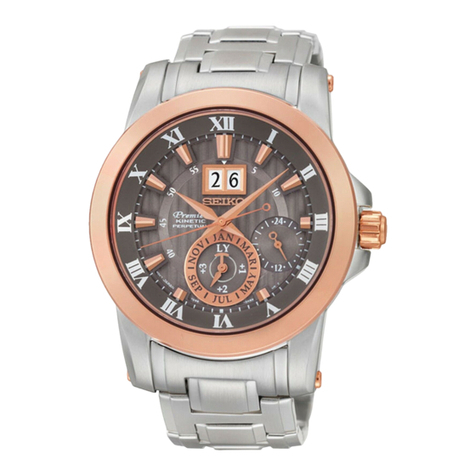
Seiko
Seiko KINETIC 7D56 User manual

Seiko
Seiko Grand Seiko SPRING DRIVE DIVERS 9R65 User manual

Seiko
Seiko 8J55 User manual
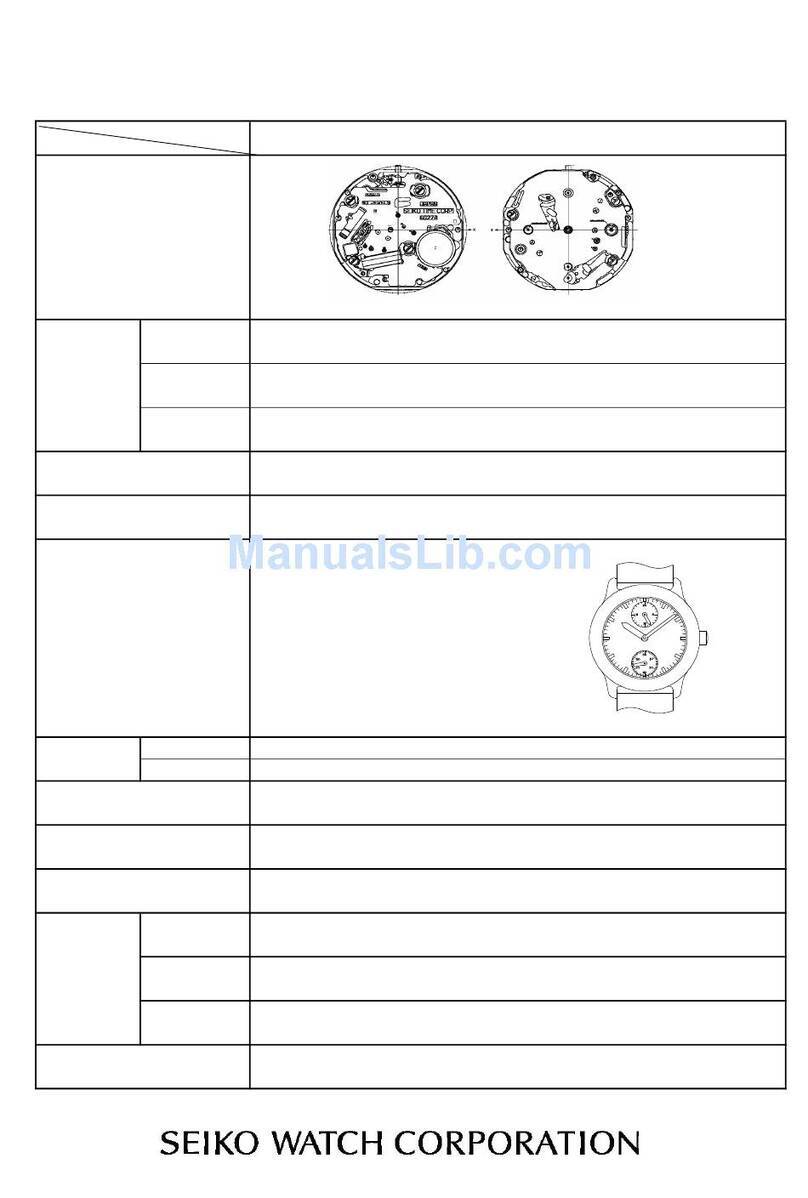
Seiko
Seiko 6G27A Quick start guide
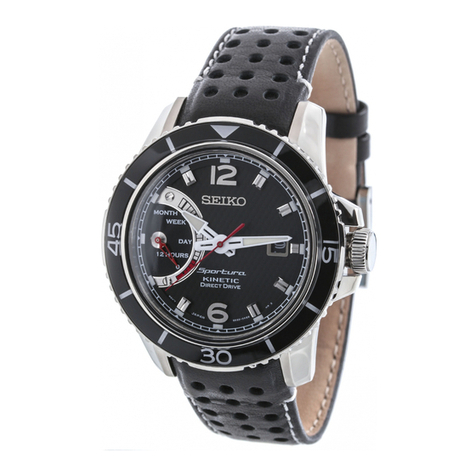
Seiko
Seiko SRG019P2 User manual

Seiko
Seiko QM-11 User manual

Seiko
Seiko 4F56 User manual
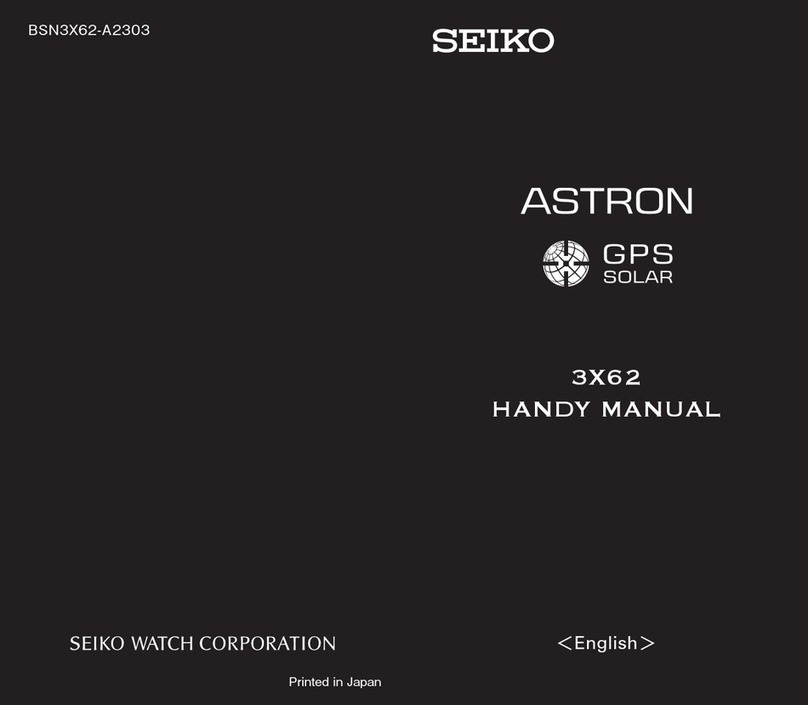
Seiko
Seiko ASTRON GPS SOLAR 3x62 Assembly instructions

Seiko
Seiko 7T82 User manual
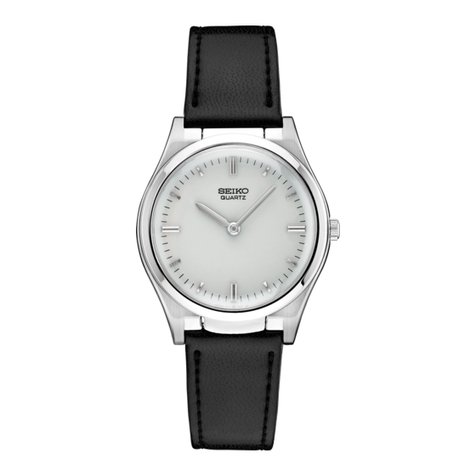
Seiko
Seiko Arctura SKA201 User manual

Seiko
Seiko 7002 User manual
